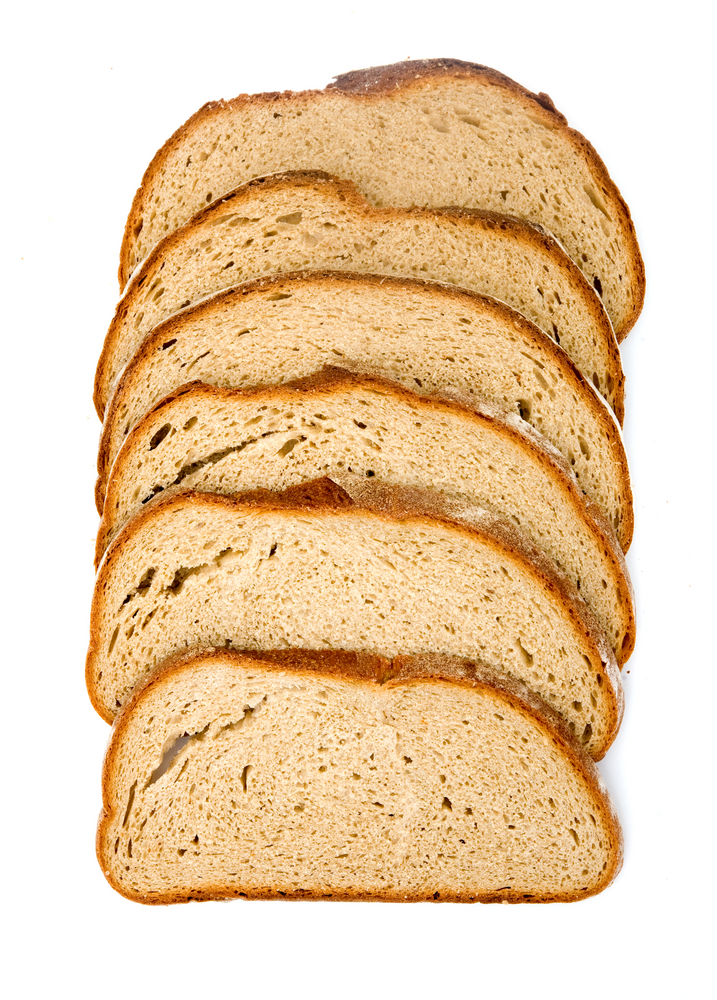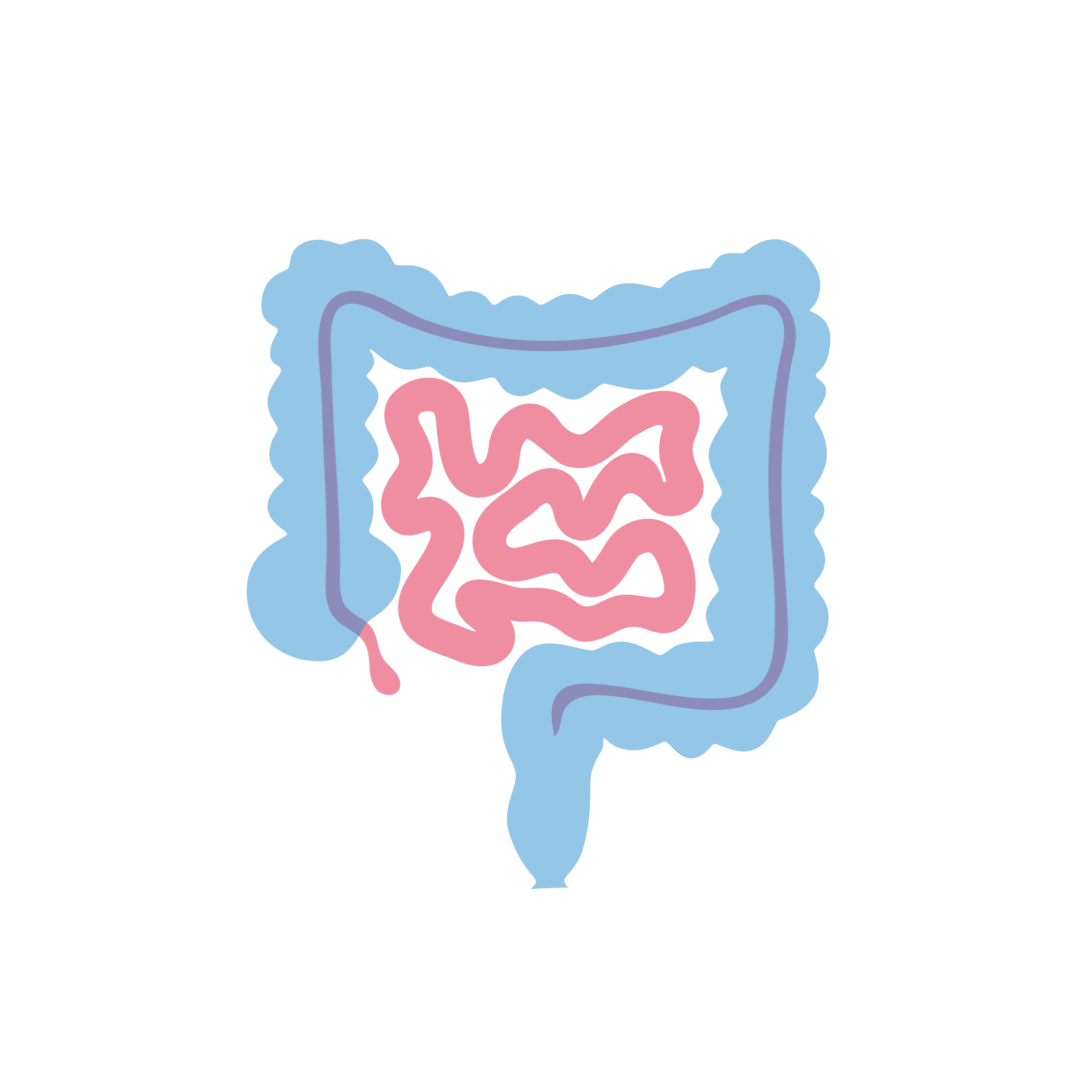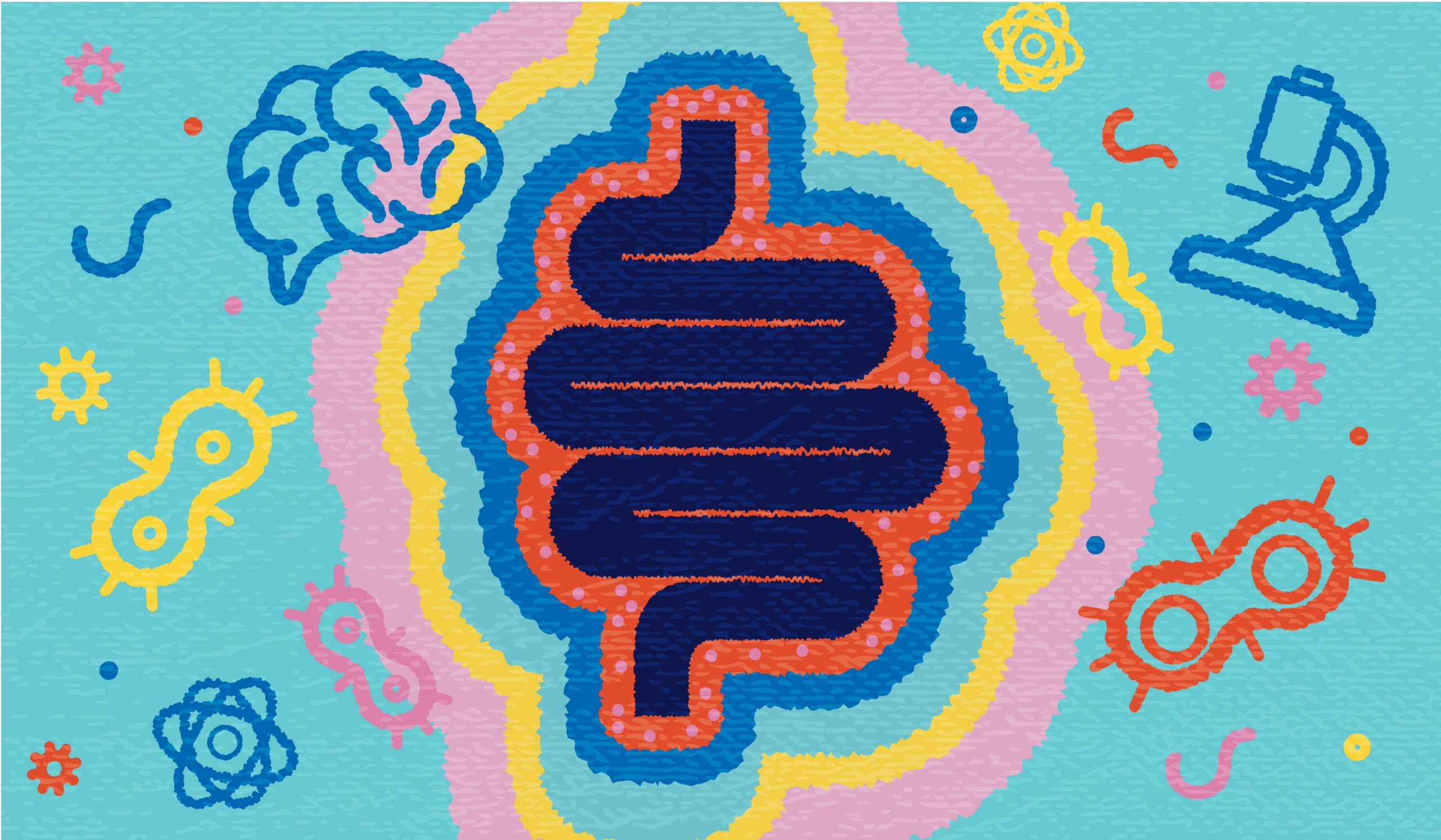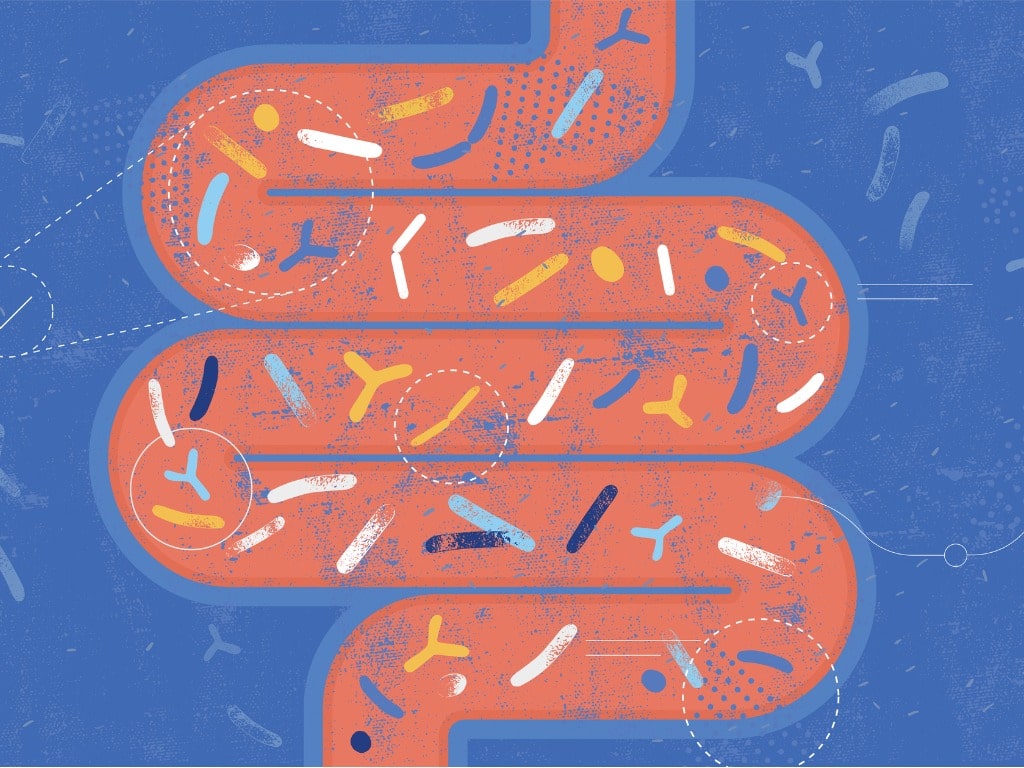A gluten-free diet is important, but not without its dangers.
Learn how to do gluten-free the RIGHT way. Read on to hear why it will make a huge impact on your future health.
Wheat is everywhere.
Pancakes, toast, and muffins for breakfast. Sandwiches for lunch. Pasta for dinner.
Anything breaded or fried in shared oil – definitely wheat!
The ways wheat finds its way in American diets are endless.
- Maybe you decide to opt for Sushi – well, if you use soy sauce, eel sauce, hoisin sauce, teriyaki sauce, some crunchy toppings or tempura-style foods – all are sources of wheat.
- Your “healthy” wrap or taco is often in a flour tortilla. The corn tortilla is often a mix of corn and flour – and at best, contaminated with flour.
- The bouillon cube in your soup.
- The sauce or gravy thickened with flour.
- Couscous or farro / kamut – sounds Mediterranean and healthy…still wheat.
- And the gluten-free breads, oats, and more? Often cross-contaminated at the restaurant from flour in the air at warehouses, and on common preparation surfaces and cookware
Wheat accounts for 20-50% of total American calories, and shockingly, up to 81% of total intake of the prebiotics inulin and oligofructose (1; 2). Wheat is also an important source of B-vitamins (B1, B2, B3, B6, B9) and minerals (Fe, Se, Zn) (3).
Removing wheat from the diet can drastically reduce the intake of essential nutrients and prebiotics – and these MUST be supplied elsewhere when following a gluten-free plan.
This does not mean that a wheat-free diet is a waste of time, however.
Why is Wheat Bad for You?
 All wheat contains gluten and other compounds that the gut has trouble digesting.
All wheat contains gluten and other compounds that the gut has trouble digesting.
While some adults manifest an immune reaction, others still do not.
Despite the presence or non-presence of an immune reaction, the gluten derivative gliadin causes transient intestinal permeability (temporary leaky gut) in ALL adults that consume it.
That’s you, me, and everyone. (As referenced by The Journal of the American Medical Association: 4, and others: 5; 6).
In short, gluten pokes holes in the intestinal lining, which the body normally responds to…until there are too many holes to patch up or the incidence is too frequent to keep up with.
The gut is like a selective strainer. When leaky, the holes in the gut let things through that otherwise would be held back. Gluten is a direct trigger of that leakiness in all humans – without exception.
One eats gluten, it triggers temporary leaky gut, and the intestines normally heal. Some wheat can be tolerated in the diet for some individuals.
If you’re eating a lot of wheat (like 20-50% of calories as mentioned above), or if you’re also eating a lot of inflammatory foods in addition to the wheat – it’s a recipe for long-term problems.
Sooner or later the leaky gut becomes a prolonged state, and you begin to lose tolerance to gluten altogether.
With prolonged leaky gut, now you are susceptible to chronic inflammation (known as metabolic endotoxemia), as well as the loss of tolerance to other foods that make their way across the gut barrier.
This chronic progression is why it sometimes takes 10-40 years for autoimmunity to be diagnosed (7). It doesn’t help that symptoms can start mildly and it may take 4-10 years of progressive symptoms before an official diagnosis is made.
Leaky gut and a prolonged loss of food tolerance eventually leads to autoimmunity as the immune system becomes hypervigilant and confused as to what proteins are friend or foe.
Autoimmunity leads to organ dysfunction. Organ dysfunction leads to disease. Disease leads to lower quality and shortening of lifespan.
Again, wheat causes a temporary loss of gut barrier function in ALL humans – and this sets the stage for ALL autoimmunity.
The body is normally able to recover from this, but with frequent and prolonged exposure – tolerance is lost.
Once tolerance is lost, the stage is set for inflammatory and auto-immune presentations.
The trickiness doesn’t stop there…
“I eat wheat all the time and my gut feels fine?”
The immune system does not just affect gut tissue. It affects ALL tissues, including the brain, joints, blood vessels, skin, pancreas, and heart. Friendly fire of the immune system against all tissues is possible.
Amazingly, the profile of symptoms from gluten exposure is unlikely to show up in the gut in the first place.
Non-gut related (“extraintestinal”) symptoms to gut-related symptoms are prevalent in a ratio of eight to one (8).
That means for every one person that has gut symptoms related to wheat, eight have no gut symptoms – but instead are manifesting “quiet” reactions to other body tissues such as the nervous system, joints, skin, and more.
The brain is especially vulnerable because if you have “leaky gut” you also likely have “leaky brain” – and the immune system in the brain is the strongest and most powerful of all immune systems in the body.

Your immune cells in the brain, known as glial cells, outnumber non-immune cells by a factor of roughly 4:1.
The body is very keen on protecting the brain – so when a gluten molecule (or the inflammation it creates) makes it across the blood-brain barrier, it can trigger strong immune reactions. These strong immune reactions come with collateral damage on the neurons.
Brain tissue does not have pain receptors – so you do not feel irritation like you might with an injury to the gut – instead you’ll notice other symptoms such as mental fog, difficulty focusing, neuropathy, or fatigue. When progressed, Alzheimer’s, Parkinson’s and other neurodegenerative presentations may develop.
Interestingly, the one area of the brain where immune cells are less prevalent is the cerebellum – which makes it more susceptible to direct insults. The cerebellum controls balance and movement.
This is possibly why “gluten ataxia” or loss of balance after eating gluten is a common “extraintestinal” symptom from wheat consumption.
There are individuals out there right now who have been diagnosed with Multiple Sclerosis and other neurological problems – who in actuality suffer from an undiagnosed gluten sensitivity, which can account for some, if not all, neurological symptoms.
There are also individuals right now (and their families) suffering because of Alzheimer’s or Parkinson’s symptoms that have the potential to reverse with a gluten-free diet.
Gluten is not a discussion to take lightly.
It’s been reported in the Journal of Neurology, Neurosurgery, and Psychiatry, that in neurological cases with unknown cause – 56% of the patients tested positive for gluten antibodies. 10x more prevalent than in neurological cases that did have a known cause (9).
So if you are a slow healer, are foggy-headed, occasionally forgetful, tired, and suffer from headaches and achy muscles and joints – these symptoms are coming from something.
Gluten can most certainly be at least one factor behind the symptoms.
Stop eating gluten and not only will you stop a major source of brain inflammation, you’ll also reduce inflammation in the entire body.
Remember, inflammation only occurs in the gut for one out of eight individuals with gluten sensitivity. Seven out of eight times, the symptoms occur outside of the gut – and can be an important source of stealth inflammation.
I’m Gluten Sensitive, Now What?
So let’s say you are evaluated for Celiac disease or wheat sensitivity and are lucky enough to have a positive result.
What do you do now, armed with this information?
Well, you initiate a gluten-free diet!
Did you know that within the first year of diagnosis, a person with Celiac disease has an 86% increased risk of mortality in the next year?
Did you know that they also have a 400% increased risk of malignancy in the first year following their Celiac diagnosis?
I can hear the naysayers now.
“See, I told you a gluten free diet was a waste of time!”
And, even the gluten-free proponents may lose trust:
“Whoa, a gluten-free diet will kill you? I’m not sure if this is still the right long-term choice for me…”
Celiacs are told to follow a gluten-free diet, and unfortunately the advice often stops there.
Then it’s scary to think that the same individuals suddenly have an 86% increased chance of mortality and 400% increased risk of malignancy in the first YEAR of diagnosis.
The missing link in this discussion is FIBER and the MICROBIOME.

A gluten-free diet is the start of treatment, the rest of treatment comes back to supplying the fiber and nutrients lost, and restoring the gut microbiome.
Wheat is the number one source of the prebiotic fibers inulin and oligofructose in the diet for most Americans.
This is the same type of fiber that feed all of those healthy microbes in the gut. So while the gluten may be causing leaky gut, inflaming the gut, and contributing to immune friendly fire on your own tissues – the fibers such as inulin and oligofructose in wheat are also feeding healthy bacteria.
When someone transitions to a gluten-free diet – he or she must replace this fiber and nutrient intake with prebiotic and nutrient-rich fruits, vegetables, leafy greens, herbs, and supplements.
Gluten free breads, pastas, cookies, and pastries are NOT going to resupply the fiber, rarely will they resupply nutrients – nor are they going to restore or sustain a healthy microbiome.
This is why I harp on restoring the microbiome and sing the praises of an anti-inflammatory and prebiotic-rich diet, often supplemented with probiotics, prebiotics, mucosal support, and anti-inflammatory botanicals.
The American diet is exceptionally void of these factors – and an Americanized gluten-free diet is not better if the body is still inflamed, deficient in nutrients, and not getting the fiber it needs to feed and maintain the healthy bacteria in our gut.
Without microbiome and prebiotic support, a gluten-free Standard American Diet (SAD) is arguably worse than the SAD diet on its own.
So I love that Megasporebiotic, Megaprebiotic, and Megamucosa help to recondition the gut, heal the mucosa, and rebuild microbiome diversity.
The products are part of the Total Gut Restoration program by Microbiome Labs.
I’m often adding the non-spore probiotics Trubifido or Theralac into the mix as well.
New and existing customers can see the Total Gut Restoration Protocol instructions, and enjoy a welcome offer to try the products by opting in below:
- I’ve detailed some of my favorite probiotics and prebiotics, and the order to introduce them previously: Dr. Rinehart’s Probiotic Blueprint.
- I’ve expanded the discussion even further in the 7 Core Strategies for Healing the Gut Lining and Managing Leaky Gut Naturally.
Reducing Exposure to Gluten
 Aside from replacing the fiber and nutrient benefits of wheat in the diet, the other problem faced by those following a gluten free diet is cross-contamination.
Aside from replacing the fiber and nutrient benefits of wheat in the diet, the other problem faced by those following a gluten free diet is cross-contamination.
Let’s look at the sobering statistics when it comes to Gluten Free foods in the US:
- 1.1% of GF-labeled food, is directly mislabeled, and contains gluten
- 19.4% of non-GF labeled foods that did not contain wheat, rye, or barley on their labels still contained >20ppm levels of detectable gluten. 52% of those foods with detectable gluten were above >100ppm of gluten (10).
- 20ppm is the World Health Organization number. It is the generally accepted amount of gluten that is needed to trigger a reaction in someone with Celiac disease. It is possible for lower than 20ppm to still trigger reactions, and some manufacturers dutifully elect to keep their standards to <5-15ppm.
- 32% of GF-labeled food in restaurants still contained gluten. It was worse for gluten-free labeled pizza (53.2%) and gluten-free pasta (50.8%)
The first rule is to prepare food at home as much as possible. Home is the environment that you can completely control.
The second rule is to protect yourself when eating outside of the home.
So, in addition to restoring inflammatory, mucosal, and microbiome balance – I also take a wheat-digesting and recovery supplement prior to all meals outside of the home. I also recommend it to those who have a household where some members of the family still eat wheat.
It’s called GlutenEase from Enzymedica.
Microbiome Labs teamed up with autoimmune and gluten expert Dr. Tom O’Bryan – to design a complete wheat-digesting supplement to help deal with unwanted exposures when eating at restaurants, social gatherings, or when there are higher risks of cross-contamination inside and outside of the home.
Take GlutenEase immediately prior to eating, and it will help fully digest the gluten before it makes its way to the absorptive area of the small intestine where the leaky gut and inflammatory reactions are initiated.
Enter your information and receive a special offer your first purchase of Wheat Rescue:
Taking a gluten enzyme is NOT a substitute for a gluten-free diet.
While GlutenEase may help mitigate reactions when eating gluten-containing foods – the goal is still to follow a life-long gluten-free diet to protect your long-term gut and immune health.
Once the microbiome is in a healthier state – it is possible to reintroduce some wheat in the diet, perhaps on a 4-day rotation basis. This process does take 6-12+ months time. It’s not something I recommend – but for the conservative among us still holding on to the gluten in their diet – it’s some light at the end of the tunnel.
A 4-day rotation means that if you had gluten today, you would not have it again for 4 days. This allows the leaky gut to happen, the immune system to flare-up, but also to calm down before re-exposure.
While I couldn’t track down the reference for you, I have come across a report in the past stating that gluten intake as little as once every 14 days can still be enough to maintain an inflammatory state – so “I only eat a little bit…” is not a passable excuse.
Gluten and Risk of Death
For individuals who carry the HLA genes (See my discussion on gluten sensitivity testing) or who have tested positive for autoimmune antibodies – it is generally recommended that a gluten-free diet remain a life-long habit.
For those that have positive antibodies to gluten, the medical standard is to initiate a biopsy of the intestine to assess damage.
The following study looked at individuals who had a positive antibody test and underwent small intestinal biopsy to evaluate for official Celiac Disease (CD) diagnosis.
A positive biopsy is necessary for the medical diagnosis of CD to be given. A negative biopsy is related to non-celiac gluten sensitivity (NCGS), which could potentially be subdivided with NCGS with inflammatory changes to mucosa, and those without early signs of inflammatory infiltration.
Over a general average of 7-8 years of follow-up, here’s what the study found:
- Those with a positive intestinal biopsy had a 39% increased risk of death in the following 7-8 years.
- Those with a negative biopsy still had a 35% increased risk of death.
- Most surprising, those with a negative biopsy, but signs of pre-Celiac mucosal inflammation (lymphocyte infiltration into the intestinal lining), had a 72% increased risk of death from all causes (11)!
The sample sizes used in the analysis were not small.
The risk increase was based on 29,096 individuals with positive biopsy (celiac disease), 13,306 with negative biopsy but inflammation changes (non-celiac gluten sensitivity with inflammation), and 3,719 individuals with negative biopsies (latent celiac disease or non-celiac gluten sensitivity without inflammation).
The results bring up more direct and indirect questions:

1.) Why are we biopsying all of these patients when it seems like the bloodwork is telling enough? After all, a biopsy is an invasive procedure that has its own inherent risks of medical error, complications, and infection.
I’m sure gastroenterology departments enjoy billing for the procedure though and the increase in office visits. In their defense, it’s required by current standards of diagnosis. That’s why I love that functional medicine focuses on “a spectrum of function” and not black or white states of disease referred to as a “diagnosis”.
2.) Why are we still telling antibody-positive individuals that it’s okay to eat gluten because their biopsy came back normal?
3.) Why are we limiting gluten testing to just 2 antibodies, when there are at least 24 different gluten, gluten-derived, and non-gluten proteins in wheat that can elicit reactions?
4.) Why is HLA DQ2/DQ8 testing not performed on more individuals? While having the genes does not guarantee celiac disease, nearly all of those diagnosed with celiac disease carry one or more copies of the genes. Your status can be determined by a simple at-home cheek swab sample mailed out to a lab.
Dive more into the the rabbit hole of Gluten and Celiac Testing.
5.) How well do you think the brain, skin, joints, heart, thyroid, ovaries, testes, and other organs are functioning in these individuals? The prevalence of these problems outnumber gut problems in gluten-sensitive individuals 8:1.
There are very real and statistically significant risks associated with celiac and non-celiac gluten sensitivity. If you see positive antibodies to gluten or to your own tissues like the cerebellum or thyroid – I would highly encourage a gluten-free diet.
The data is clear and it’s not published in fringe journals, these insights are from the Journal of the American Medical Association.
The risk data has been known for over 8 years. The leaky gut data for over 13 years, and the fiber/nutrient loss of a gluten-free diet could be extrapolated from existing research for over 20 years.
If you carry any copies of the HLA DQ2 or DQ8 genes – I recommend a proactive elimination of gluten before antibodies develop. Or, at the very least undergo yearly evaluation of antibodies to assess immune activation. My wife and I are both carriers.
If you want to analyze for yourself, the panels by Cyrex Labs can be excellent motivation to give you that black and white answer that, yes, gluten is a problem worth addressing. Your functional doctor can work with you on which Cyrex arrays are best for you, or if perhaps testing costs might be better spent elsewhere.
Some practitioners in my field, like Dr. Tom O’Bryan, mandate that some tests be performed in all of their patients so that the importance of a gluten-free diet is unequivocally clear to them. Others mandate that all patients undergo a strict 30-day elimination diet before they accept their case in the first place.
Going gluten-free (and dairy-free, etc) solves so many health problems that it is often best for the patient’s time and money to go through an elimination protocol prior to seeing a functional medicine practitioner.
Of course, if you need help through that process, a functional medicine practitioner and other nutrition professionals can help more directly with that process.
And, once you switch to a gluten-free diet, be absolutely sure to supply ample prebiotic and nutrient-rich foods in the diet and to support the microbiome.
This is where expert functional medicine advice can really take your healing to the next level.
Remember, a diagnosis of Celiac Disease is associated with an 86% increased risk of death in the first year.
The missing link is a drastic reduction in the normal prebiotic fiber intake and its negative effects on the microbiome when suddenly shifting to a gluten-free diet.
Going gluten-free is just the first step to treatment.
You must supply sufficient nutrient-dense and prebiotic-rich foods with your gluten-free diet to see full benefits with the dietary transition to GF.
Healthspan and Lifespan – Motivation for Long-term Change
 Following a gluten-free diet is about extending not just lifespan, but healthspan.
Following a gluten-free diet is about extending not just lifespan, but healthspan.
While the risk ratios are very real…they’re still relative. So if you’re a 30 year old, a 35-72% increase risk of death can still be relatively low.
This is why someone can look at the data and still rationalize that they’re going to have their cake and eat it too.
Healthspan refers to the years that you are healthy, active, and able to complete your day to day activities without trouble. Lifespan simply refers to how long you live.
Eating gluten may not decrease your lifespan fast enough to motivate you to follow a gluten free diet. The effects on healthspan, however, are most certainly motivating – as the goal is to enjoy a much greater portion of your lifespan in better health and function.
A healthspan can lag some 10-20 years behind one’s lifespan. This is why we focus on reducing everyday triggers of inflammation and toxicity – to not just expand lifespan – but to optimize your healthspan.
Gluten-free eating, based on the research above, is part of optimizing the healthspan – with probable benefits to longevity too.




